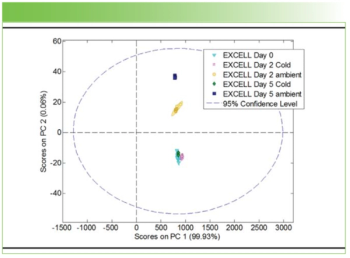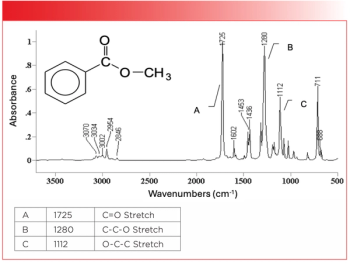
Exploring Our Extraterrestrial Roots
NASA scientists have detected the amino acid glycine in samples of the comet Wild 2 gathered by the spacecraft Stardust.
At the national meeting of the American Chemical Society this week in Washington, D.C., NASA scientists reported that they have detected the amino acid glycine in samples of the comet Wild 2 gathered by the spacecraft Stardust.
Samples collected by Stardust in January 2004 were initially analyzed by using liquid chromatography coupled with fluorescence detection and time-of-flight mass spectrometry. This analysis indicated the presence of glycine, but it was unclear whether that was due to contamination from terrestrial sources. To determine whether the glycine had come from outer space, the researchers performed gas chromatography coupled with mass spectrometry and isotope ratio mass spectrometry.
Glycine from Earth contains the most common form of carbon, carbon 12. Testing revealed that the glycine from the Stardust samples contained carbon 13, a heavier isotope of carbon that tends to be present in space. This proved that the glycine in these samples was indeed extraterrestrial.
Although this discovery is far from definitive proof that life on Earth evolved from biological contamination from outer space, or that life exists elsewhere in the universe, the discovery of glycine in a comet does support the idea that the fundamental building blocks of life are prevalent in space.
Newsletter
Get essential updates on the latest spectroscopy technologies, regulatory standards, and best practices—subscribe today to Spectroscopy.





